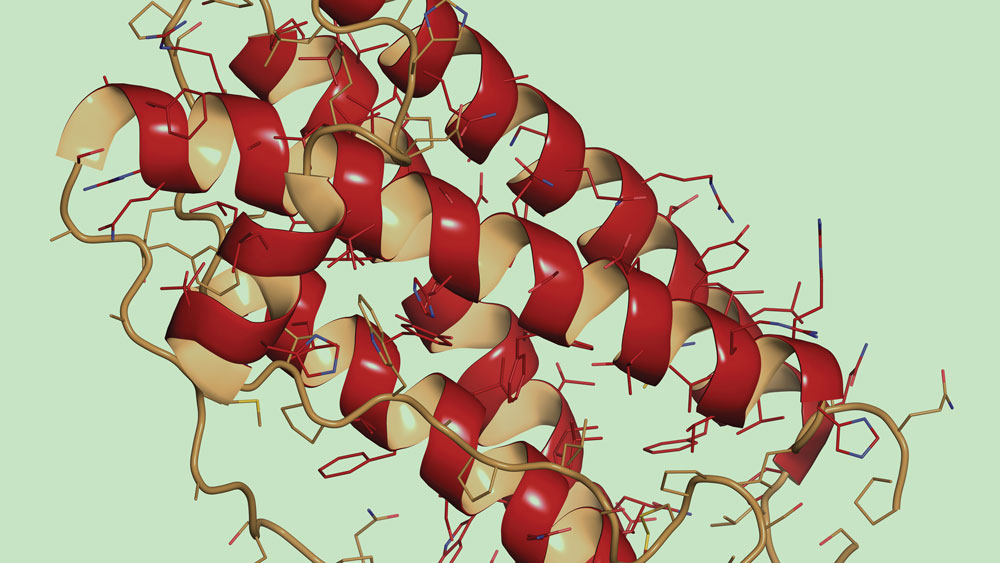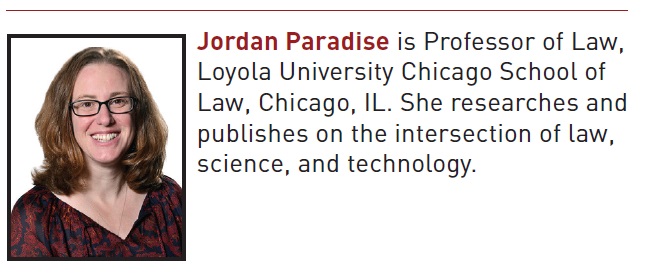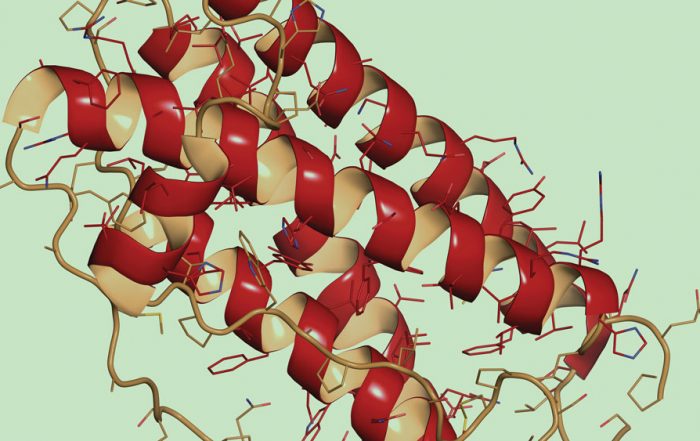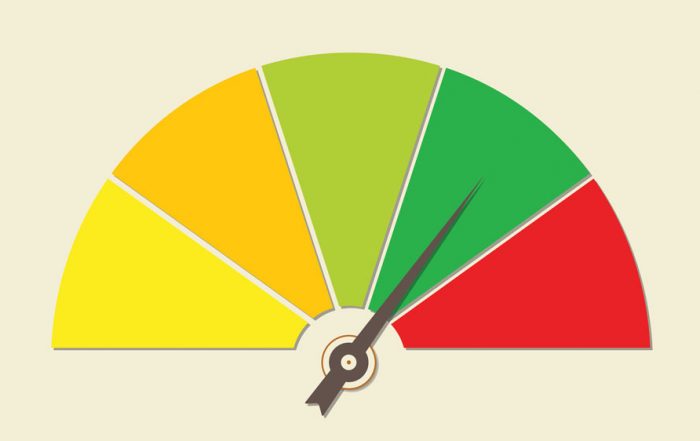
FDA Sharpens its Focus on Regenerative Medicine Regulation
by Jordan Paradise
Sandoz, Inc. v. Amgen, Inc., 582 U.S. __, Nos. 15-1039, 15-1195, Slip. Op. (June 12, 2017).
On June 12, 2017, the Supreme Court decided the highly anticipated first case involving the Biologics Price Competition and Innovation Act (BPCIA).1 The Supreme Court addressed two related questions: (1) whether the statutory language instructing a biosimilar applicant to provide its application and manufacturing information to the reference biologic sponsor after FDA acceptance of the application is enforceable by injunction; and (2) whether the biosimilar applicant must give notice of intended commercial marketing to the reference biologic sponsor only after obtaining an approved license from FDA.2 Upholding the decision of the Federal Circuit on the first question (albeit using different reasoning) and reversing the Federal Circuit on the second question, the Court also introduced some uncertainty for the future.
 As background, the BPCIA introduced an abbreviated route to market for biosimilar and interchangeable biologic products. Congress sought to create a streamlined approval process for biologics modeled in part on the Hatch-Waxman Act of 1984 that established the abbreviated new drug application.3 That legislation resulted in significant cost savings by incentivizing generic drug development based on bioequivalence to an FDA approved drug. Public patent disclosure4 and patent certification procedures5 built into the Hatch-Waxman Act were crafted as litigation-forcing mechanisms to challenge weak or invalid patents. In addition to the provisions regarding clinical development and regulatory review, the BPCIA likewise addresses disclosure and patent issues. However, the BPCIA differs sharply from the generic drug provisions on these aspects. Specifically, the amended Public Health Service Act §351, or 42 U.S.C. §262, states:
As background, the BPCIA introduced an abbreviated route to market for biosimilar and interchangeable biologic products. Congress sought to create a streamlined approval process for biologics modeled in part on the Hatch-Waxman Act of 1984 that established the abbreviated new drug application.3 That legislation resulted in significant cost savings by incentivizing generic drug development based on bioequivalence to an FDA approved drug. Public patent disclosure4 and patent certification procedures5 built into the Hatch-Waxman Act were crafted as litigation-forcing mechanisms to challenge weak or invalid patents. In addition to the provisions regarding clinical development and regulatory review, the BPCIA likewise addresses disclosure and patent issues. However, the BPCIA differs sharply from the generic drug provisions on these aspects. Specifically, the amended Public Health Service Act §351, or 42 U.S.C. §262, states:
Not later than 20 days after the Secretary notifies the…applicant that the application has been accepted for review, the…applicant— (A) shall provide to the reference product sponsor a copy of the application submitted to the Secretary…, and such other information that describes the process or processes used to manufacture the biological product that is the subject of such application.6
The statute subsequently provides for a private, informational back-and-forth between the biosimilar applicant and the reference biologic sponsor following such disclosure.7 The statute contemplates good faith negotiations between the two parties and, if the parties cannot come to agreement, the filing of a patent infringement action against the biosimilar applicant.8 These provisions have come to be known as the “patent dance.” Additionally, the statute requires that the biosimilar applicant “shall provide notice to the reference product sponsor not later than 180 days before the date of the first commercial marketing of the biological product licensed under subsection (k).”9 Once notice is received, the reference biologic sponsor may seek a preliminary injunction preventing the biosimilar applicant from manufacturing or selling the biosimilar product until specific patent disputes are resolved.10
The provisions were swiftly criticized by industry and practitioners as unclear. Relevant to the Supreme Court’s recent decision, Amgen and Sandoz disputed various portions of the statute as they related to the development of Sandoz’s product Zarxio, the biosimilar version of Amgen’s Neupogen (filgrastim).11 FDA had accepted Sandoz’s biosimilar application July 7, 2014; the following day Sandoz notified Amgen that it had submitted the application and that it intended to commercially market the product immediately upon FDA approval.12 Sandoz subsequently informed Amgen that it would not disclose the application or manufacturing information and advised Amgen of the statutory option to sue for patent infringement.13
On October 24, 2014, Amgen filed suit against Sandoz in the U.S. District Court for the Northern District of California, alleging both unfair competition under California law and patent infringement.14 Amgen’s complaint requested injunctive relief to prevent Sandoz from profiting from its deliberate non-compliance with the BPCIA, citing the refusal to provide the application and manufacturing information within 20 days following FDA’s acceptance of the application. Sandoz argued that the patent was invalid and thus not infringed, and that they did not violate the BPCIA. A November 2013 decision involving the two parties from the same court was on appeal to the Federal Circuit on the technical question of when the 180-day notice of commercial marketing requirement is triggered.15 The two issues were ultimately addressed together by the Federal Circuit, which affirmed the dismissal of the state law claims and held that declaratory judgment remedies (rather than injunction) were the only available remedies for a failure to provide the application and manufacturing information.16 The Federal Circuit also held that the applicant’s biosimilar must be licensed at the time the applicant gives the reference sponsor 180-day notice.17
Petitions for certiorari were granted and consolidated by the Supreme Court in January 201718 and oral arguments were held April 26, 2017. As a recap, two questions faced the Court: (1) whether the statutory language instructing a biosimilar applicant to provide its application and manufacturing information to the reference biologic sponsor after FDA acceptance of the application is enforceable by injunction; and (2) whether the biosimilar applicant must give notice of intended commercial marketing to the reference biologic sponsor only after obtaining an approved license from FDA.19
On the first question, the Supreme Court affirmed the Federal Circuit, though clarified the basis for that outcome. The Court held that 42 U.S.C. §262(l)(2)(A) was not enforceable by injunction under federal law because the exclusive remedy provided in the statute was an action for declaratory judgment brought by the reference biologic sponsor under 42 U.S.C. §262(l)(9)(C).20 Disagreeing with the Federal Circuit’s reasoning, the Court specifically noted that because there had been no application and manufacturing information disclosed to Amgen, there was no “artificial infringement” triggering 35 U.S.C. §271(e)(4) remedies.21 Signaling fodder for future litigation, the Court remanded to the Federal Circuit the issue of whether California unfair competition law provides a separate remedy.22 The Court also instructed the Federal Circuit to consider whether the BCPIA preempts state law remedies and whether Sandoz forfeited a preemption defense.23 As to the remand on the California state law question, subsequent analysis of the breadth of state unfair competition law will pose challenges for the lower courts as there are significant differences from state to state on available remedies. Uncertainty may stir an increase in state law claims in cases involving the BPCIA where allegations of noncompliance with the federal statute are asserted. This issue also implicates a recent Supreme Court decision regarding personal jurisdiction in California litigation.24
On the second question, the Court reversed the Federal Circuit. The Court held that 42 U.S.C. §262(l)(8)(A) allows a biosimilar applicant to provide notice of commercial marketing to the reference biologic sponsor prior to obtaining a license from FDA.25 In other words, the 180-day notice may be provided either before or after receiving FDA approval. The Court arrived at this conclusion relying both on a plain language statutory interpretation and on a structural analysis of other timing provisions in the statute.26 This holding provides a significant advantage to biosimilar applicants. Requiring notice at any point 180 days before approval (after submission of the application) ultimately gives the reference sponsor less time as the only product on the market, while requiring 180-day notification only after FDA approval would benefit the reference sponsor.
The decision leaves biosimilar applicants with a few choices and some uncertainty. If an applicant declines to provide the application and manufacturing information to the reference product sponsor, it faces a potentially wide-ranging patent infringement challenge controlled by the sponsor. Conforming to the BPCIA “patent dance” procedures provides more predictability over the scope of patent litigation, yet forces disclosure of confidential product information. The Federal Circuit will also be revisiting the state law question, meaning that there may be possible injunctive or other relief available at the state level. Intertwined with this issue is whether the BPCIA preempts state law in this area. Lastly, FDA may step in and engage in rulemaking to interpret the timing of notice as it relates to the license given the agency’s broad rulemaking powers. Justice Breyer penned a short, yet intriguing, concurrence channeling Brand X,27 emphasizing that the Court’s interpretation of the statute was “reasonable” and that FDA had the authority to “depart from, or modify” that interpretation in the future.28 Stay tuned.
- Pub. L. No. 111-148, §§ 7001–03, 124 Stat. 119, 804–21 (2010) (codified in scattered sections of 42 U.S.C. & 21 U.S.C.).
- Sandoz, Inc. v. Amgen, Inc., 582 U.S. __, Nos. 15-1039, 15-1195, Slip. Op. (June 12, 2017). For coverage of the litigation leading into oral argument at the Supreme Court, see Andrew Wasson, Drugs and Biologics: New Administration, New Legislation, New Precedents, FDLI Update (May/June 2017), 4, 7.
- The Drug Price Competition and Patent Term Restoration Act of 1984 (also known as the Hatch-Waxman Act) established the abbreviated new drug application process. Pub. L. No. 98-417, sec. 101, 98 Stat. 1585, 1585–92 (codified at 21 U.S.C. § 355(j)).
- Sponsors of all new drugs approved through the [Food, Drug and Cosmetic Act] § 505(b) processes must provide FDA with a list of issued composition and method of use patents and must maintain the accuracy of that list. This includes all § 505(b)(1), (b)(2), and 505(j)(generic drugs). 21 CFR § 314.53. FDA publishes this list in the Orange Book: Approved Drug Products with Therapeutic Equivalence Evaluations.
- Sponsors of all new drugs approved through the §505(b)(2) and §505(j) process must certify to FDA the current status of the reference listed drug product’s patents. One option is to certify that the reference drug patent or patents are invalid or unenforceable, triggering potential litigation. 21 U.S.C. § 355(b)(2)-(3); 21 U.S.C. §§ 355(j)(2)(A)-(D), (j)(5)(B)(i)-(iii), 5(C).
- 42 U.S.C. § 351(l)(2).
- See 42 U.S.C. § 351(l)(1); 42 U.S.C. § (l)(3)(A)(i) & (ii).
- 42 U.S.C. § 351(l)(4)-(6); 42 U.S.C. § 351(l)(6)(B).
- 42 U.S.C. § 351(l)(8)(A).
- 42 U.S.C. § 351(l)(8)(B).
- Zarxio (filgrastim-sndz) was approved by FDA on March 6, 2015.
- Sandoz, Inc. v. Amgen, Inc., 582 U.S. __, Nos. 15-1039, 15-1195, Slip. Op. at 8 (June 12, 2017).
- 582 U.S. __, Nos. 15-1039, 15-1195, Slip. Op. at 8; 42 U.S.C. § 262(l)(9)(C).
- 1582 U.S. __, Nos. 15-1039, 15-1195, Slip. Op. at 8; 2015 WL 1264756, *7-*9 (ND Cal., Mar. 19, 2015).
- Amgen v. Sandoz, United States District Court for the Northern District of California case no. 3:13-cv-02904-MMC (Nov. 12, 2013).
- Amgen, Inc. v. Sandoz, Inc., 794 F.3d 1347, 1357-8 (Fed. Cir. 2015).
- 794 F.3d, at 1357-58.
- Amgen v. Sandoz, U.S. Supreme Court Docket, cert. granted 15-1195 (Jan. 13, 2017); Sandoz v. Amgen, U.S. Supreme Court Docket, cert. granted 15-1039 (Jan. 13, 2017).
- Sandoz, Inc. v. Amgen, Inc., 582 U.S. __, Nos. 15-1039, 15-1195, Slip. Op. (June 12, 2017).
- 582 U.S. __, Nos. 15-1039, 15-1195, Slip. Op. at 12.
- 582 U.S. __, Nos. 15-1039, 15-1195, Slip. Op. at 10-13.
- 582 U.S. __, Nos. 15-1039, 15-1195, Slip. Op. at 14.
- 582 U.S. __, Nos. 15-1039, 15-1195, Slip. Op. at 15.
- Bristol Meyers Squib v. Superior Court of California, San Francisco County, 582 U.S. ___, No. 16-466, Slip Op. (June 19, 2017). Specifically, the case dealt with the scope of specific jurisdiction, holding that the “bare fact that BMS contracted with a California distributor is not enough to establish personal jurisdiction in the State.” Slip Op. at 3.
- 582 U.S. __, Nos. 15-1039, 15-1195, Slip. Op. at 16.
- 582 U.S. __, Nos. 15-1039, 15-1195, Slip. Op. at 16.
- National Cable & Telecommunications Assn. v. Brand X Interest Services, 545 U.S. 967, 982-984 (2005).
- 582 U.S. __, Nos. 15-1039, 15-1195, Concurrence, at 1.
Update Magazine
July/August 2017










